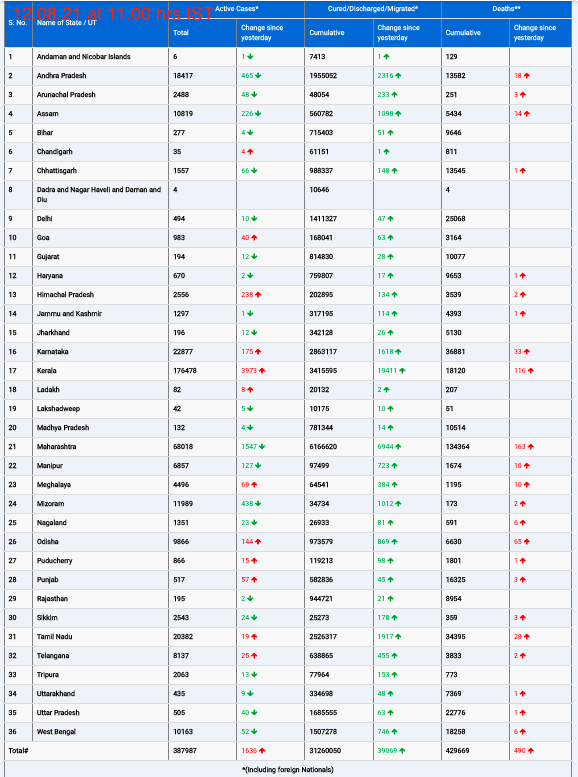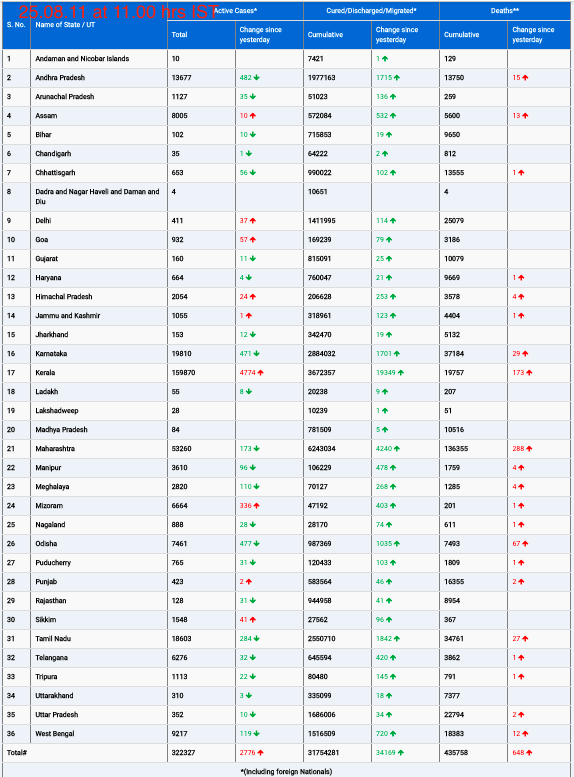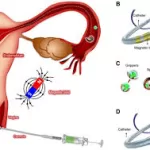A recent study has found that a significant species barrier is preventing the spread of chronic wasting disease (CWD), a deadly disease affecting deer, elk, and moose, to humans. This research provides reassurance that the highly transmissible prion disease, often referred to as “zombie deer disease,” is unlikely to infect humans.
CWD is a type of prion disease, a class of degenerative diseases that affect some mammals and primarily cause brain damage but can also impact the eyes and other organs. The disease occurs when abnormal proteins fold, clump together, and ultimately destroy the central nervous system in the brain.
Despite its devastating effects on wildlife, CWD has never been found in humans. The most common prion disease in humans is Creutzfeldt-Jakob Disease (CJD).
In this study, scientists from the National Institutes of Health (NIH) in the United States used a human cerebral organoid model to assess the risk of CWD transmission to humans. To validate their model, the team infected the organoids with human CJD prions as a positive control. They then exposed healthy human organoids to high concentrations of CWD prions from white-tailed deer, mule deer, elk, and to normal brain matter as a negative control.
The results, published in the journal Emerging Infectious Diseases, showed that none of the organoids became infected with CWD over six months of observation. This suggests that even with direct exposure of human central nervous system tissues to CWD prions, there is a substantial barrier preventing the propagation of infection.
“This indicates that even following direct exposure of human central nervous system tissues to CWD prions, there is a substantial resistance or barrier to the propagation of infection,” the researchers stated.
However, they cautioned that the emergence of new strains with a lesser barrier to infection remains possible. Despite this, the researchers are optimistic that their current data suggest humans are extremely unlikely to contract a prion disease from inadvertently eating CWD-infected cervid meat.
This study provides a significant measure of reassurance regarding the public health risks associated with CWD and underscores the importance of continued surveillance and research to monitor for any potential changes in the disease’s transmission dynamics.











